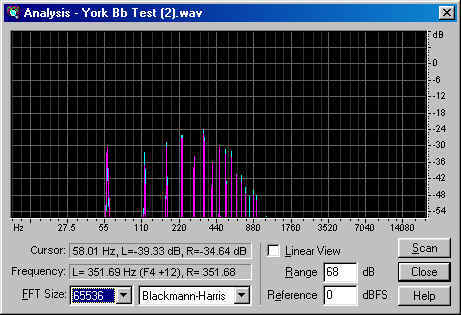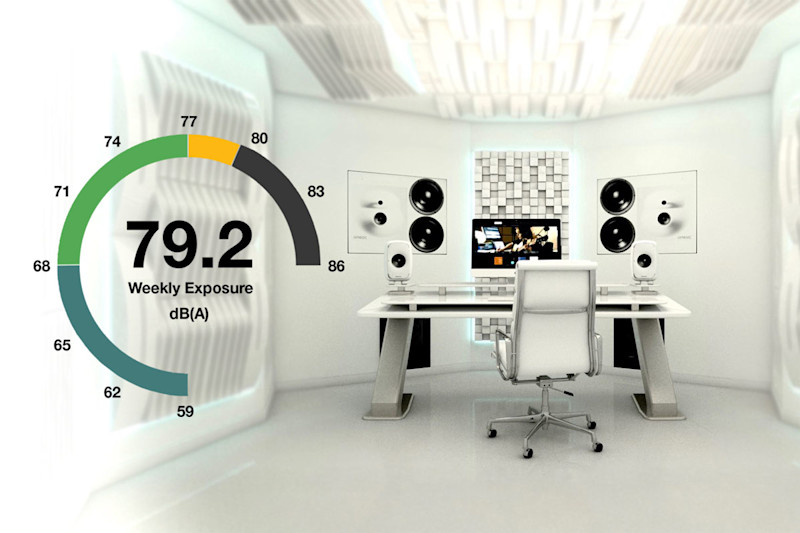- Joined
- Feb 27, 2018
- Messages
- 1,055
- Likes
- 1,173
This is true at any budget. It doesn’t become untrue at a certain low budget, so your budget comment is irrelevant. It’s not about perfection and infinite cost, it’s about relative standards, and the relativities exist at every budget level.
That’s why I sometimes challenge this line of commentary: it seems to be a proud announcement that “I don’t care, and I don’t see why I should, in fact it’s silly to care because, y’know, nothing’s perfect”. In which case, why be here? What is the point? As far as I can tell, the point is to refuse learning, ie denial that they would prefer better reproducers. Why do that? Hmm, maybe to defend past choices born of ingrained bias instead of their own true preference for sound waves.
cheers
I didn't read @Chaconne 's original comment here to mean he thought it was "silly to care" because he also stated "More power to you, I say."
It is possible to be an audiophile in your book if one is satisfied with less than fully realistic peak levels, correct, knowing that within one's means, that's a tradeoff that one has to accept? I've been at this since before The Audio Critic started publishing, and I jumped on that publication when it became available, and had what I think was their "Reference B" system at one point--the best for the money. It certainly wouldn't play as loudly as their Reference A system, but "the great unwashed" would usually tell me that it sounded better than anything they had ever heard.
I don't think @Chaconne ever claimed that he wouldn't prefer a system that would replicate concert hall levels with commensurate quality. Perhaps he has always lived in an apartment or condo where it would indeed be silly to invest in something that could never be fully exploited.
EDIT: And all that being said, I would think most true audiophiles have not owned as many capable speakers as he has over the 50+ years he's been an audiophile.
Last edited:



